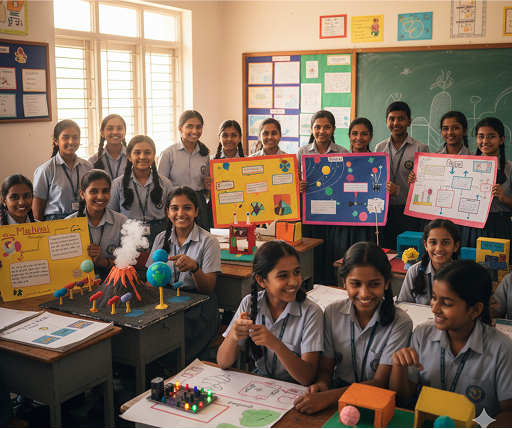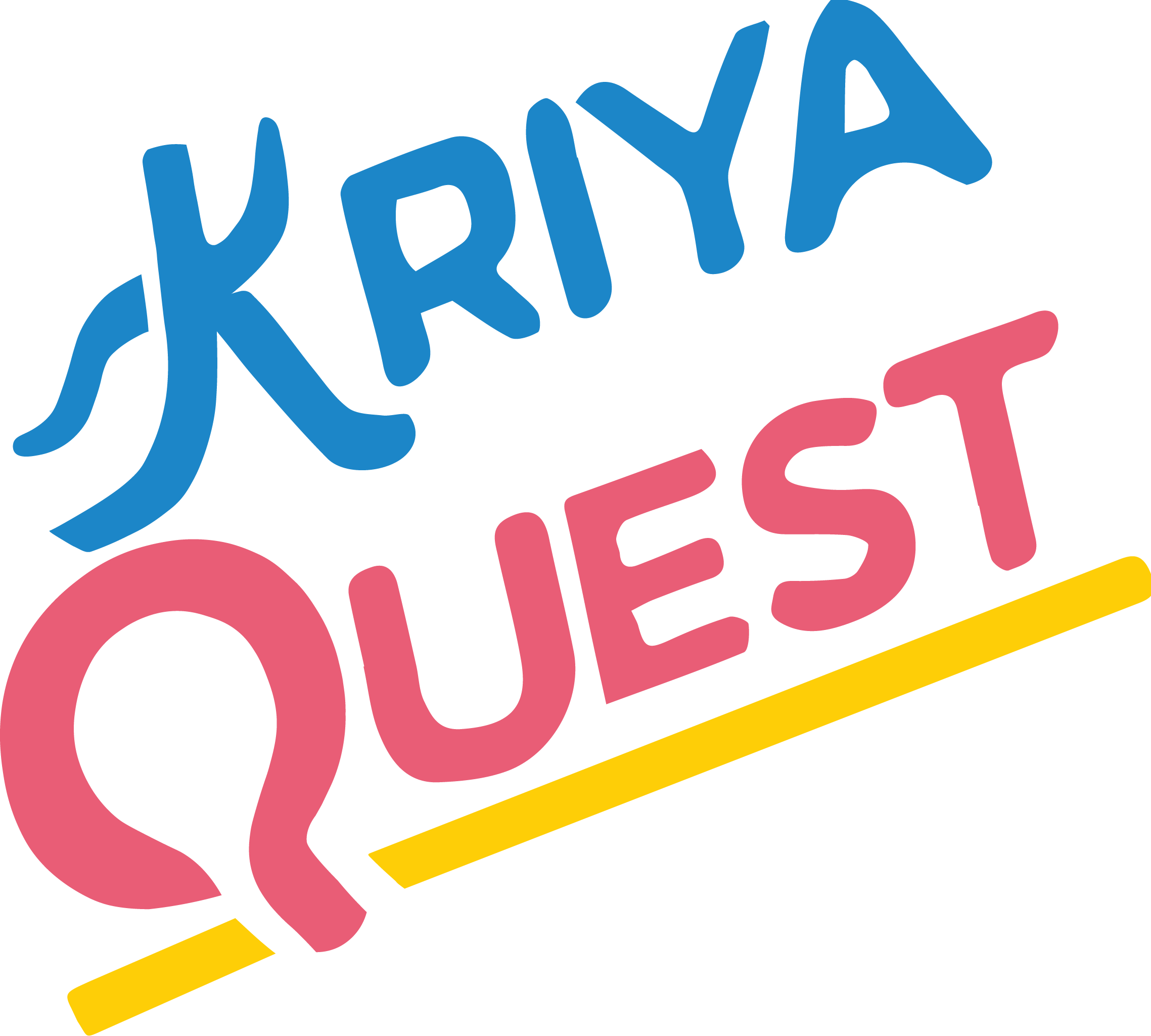Putting Theory into Practice: Why Hands-On Always Wins

The Theory Trap Teachers Know Too Much
Every teacher has seen it: a student can perfectly memorize the definition from the book but can’t explain it in real life. They “know” the formula, but they don’t know how to use it.
This is the space between theory and practice. And that’s where the frustration starts. Not just repeat, but understand what the teacher is saying. But how? The answer is simple and has worked for a long time: hands-on learning always wins.
Why Learning by Doing Works
Learning by doing gets the mind, heart, and hands all working together. Instead of just taking in information, students: Touch and move things around.
- Try things out and see what happens.
- Think about what you’ve learned and how it fits with what you already know.
There are more benefits to hands-on learning than just remembering things. It boosts confidence, gets people interested, and makes abstract ideas real. To put it another way, it takes what students have learned and puts it in their hands.
The Real Change: Active Learning in the Classroom
A lot of teachers are worried that hands-on methods are “extra” or take too long. But in real life, active learning in the classroom doesn’t need fancy labs or a lot of planning. It can be as easy as using coins to show how to do math.
- Putting on a play about a historical event.
- Doing a quick “science demo” with things you use every day.
- Letting students do things like build, draw, or argue instead of just listen.
- The magic is in the doing. Students don’t often forget things once they’ve learned them.
Why Doing Things Is Always Better Than Memorizing
The truth is that memorization helps students do well on tests, but hands-on activities help them in life.
- A kid who only remembers Newton’s Laws will forget them after the test.
- A child who plays with rolling things of different weights learns about the law of motion and never forgets it.
This is what it means to know words and know worlds.
Ideas that teachers can use right away in class
You don’t need a lot of money or time. You can add these simple hands-on activities to your lessons:
- Science: Make paper planes to learn about how air moves.
- Math: Use measuring cups in class to see what fractions look like.
- Language: Make storyboards or act out conversations.
- Map out your neighborhood together for social studies.
- Art and design: Use lessons to solve real-world problems (like making a “better” lunchbox).
These small changes make lessons more practical instead of just theoretical, and they don’t need a lab coat or money from a grant.
Preparing for the Future with Experiential Learning in Schools
The world our students are entering values creativity, flexibility, and problem-solving over memorizing facts. Employers don’t say, “Can you remember this?” They say, “Can you use what you know to solve problems?”
That’s why schools can’t skip experiential learning anymore. This is how we get students ready for jobs that don’t even exist yet. Students will need to be strong and curious in the future, and hands-on learning helps them do that.
Conclusion:
Theory has a role; it provides us with language and structure. But theory is weak without practice. What lasts are the times when students touched, tried, failed, tested, and learned.
That’s why doing things yourself always wins. Students remember the project, the experiment, or the activity that made learning come alive long after they forget about the tests.
We teachers have the power to close that gap by making the abstract real. And by doing this, we don’t just teach for tests; we teach for life.
